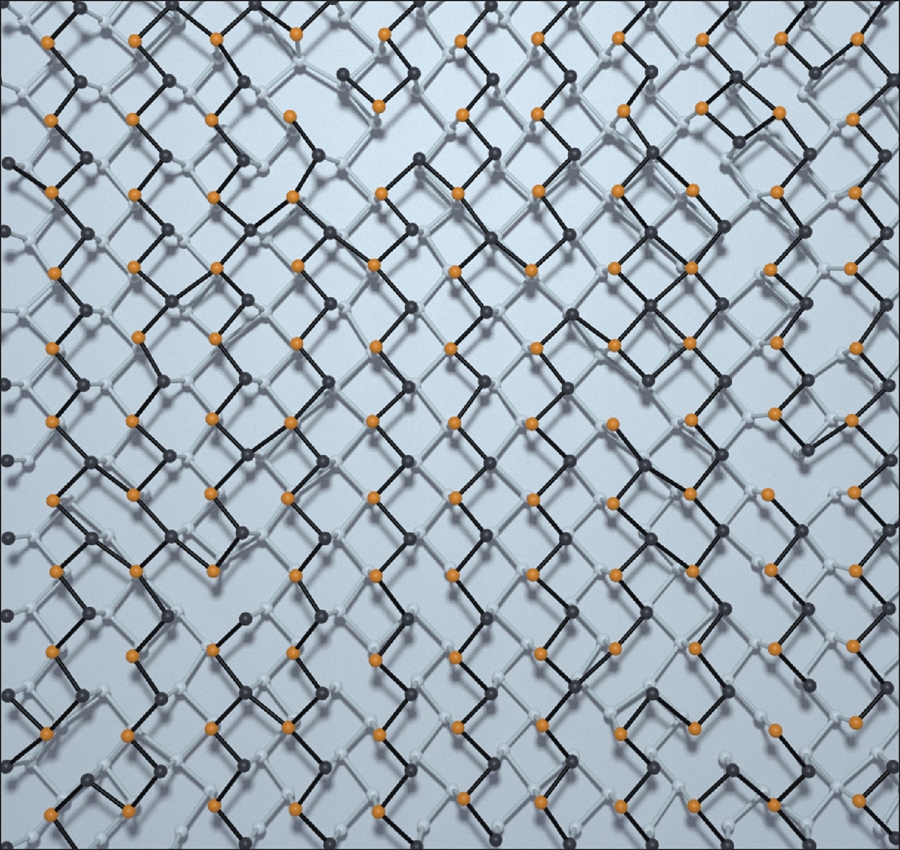
FAYETTEVILLE, Ark. – New research at the University of Arkansas shows that temperature can be used to dramatically alter the behavior of two-dimensional materials that are being investigated as candidates to power the next generation of electronic devices.
The research revealed black phosphorous and monochalcogenide monolayers act differently than any other known 2-D materials at any given temperature because there are four ways to create their atomistic arrangement, and these four arrangements compete and lead to disorder, said Salvador Barraza-Lopez, an assistant professor of physics at the University of Arkansas.
“Remarkably, nobody had found that some of these two-dimensional materials become disordered at a room temperature and well before they melt,” Barraza-Lopez said. “At the transition temperature the unit cell transforms from a rectangle onto a square and all material properties change.”
An international research team led by Barraza-Lopez and Pradeep Kumar, assistant professor of physics at the U of A, published its findings in Nano Letters, a journal of the American Chemical Society.
The black phosphorous and monochalcogenide monolayers become disordered at a finite temperature, Barraza-Lopez said.
“At that moment, the structure transforms from a rectangle to a square and its behavior also changes,” he said.
Having access to the Trestles supercomputer at the Arkansas High Performance Computing Center was crucial to the study, Barraza-Lopez said.
Barraza-Lopez and Mehrshad Mehboudi ran multiple calculations on Trestles for about three weeks each and without interruption. Mehboudi is a doctoral student in the university’s interdisciplinary microelectronics-photonics graduate program.
“There is no way we could have achieved these results in the timeframe we did without Trestles,” Barraza-Lopez said.
The work benefited from contributions by Hugh Churchill, assistant professor of physics at the U of A, and Edmund Harriss, a clinical assistant professor in the U of A Department of Mathematical Sciences.
Additional contributors were Arend van der Zande and Wenjuan Zhu of the University of Illinois, Alejandro A. Pacheco-Sanjuan of the Universidad Technica Federico Santa Maria in Chile, and Alex M. Dorio, an undergraduate at Oklahoma State University who participated in a Research for Undergraduates experience at the U of A last summer.
Topics
Contacts
Salvador Barraza-Lopez, assistant professor
Department of Physics
479-575-5933, sbarraza@uark.edu
Chris Branam, research communications writer/editor
University Relations
479-575-4737, cwbranam@uark.edu